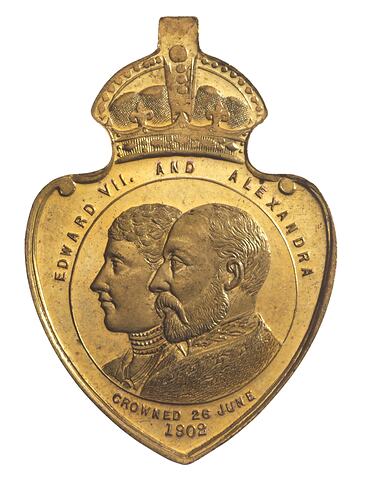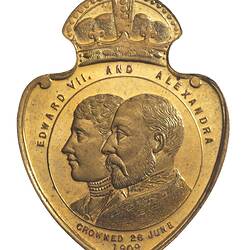Annandale is located on the southern side of Sydney Harbour. The Aboriginal Gadigal Clan lived in the vicinity in a landscape of iron bark and turpentine trees. Physical evidence of human occupation dates back 15,000 years. Annandale existed as a separate Municipality from 1894 to 1949.
The arrival of the First Fleet saw the aggressive dispossession of land, and the introduction of diseases such as small pox. Within 18 months the Aboriginal population had been decimated. In 1793 the entire land between the two creeks and the harbour was given to Lieutenant George Johnston, who had supervised the transportation of convicts in the First Fleet. George named Annandale after his birthplace Annan, Scotland. He was joined on the property by Esther Abrahams, a young single mother and Jewish convict who had been in his charge on the First Fleet. They already had two sons, and eventually had a total of seven children before they finally married in 1814. The turpentine and iron bark forest was cleared to make way for agriculture. George and Esther developed the estate to eventually include a bakery, smithy, slaughterhouse, butchery, stores, vineyard and orangerie. In 1799 they built Annandale House. During George's extensive absences in England and his active political phases, Esther supervised Annandale. Johnston died in 1823, leaving the care of Annandale to Esther. She was eventually declared of unsound mind after her son challenged her decision to mortgage the property, and Annandale was put into the hands of trustees. Esther died in 1846.
By 1876 the subdivision of the Annandale Estate had begun. The following year John Young purchased North Annandale, and his company offered a prize of £150 for the best design for Annandale. Ferdinand Reuss Junior put forward a plan to subdivide the land into a grid pattern. A grand 100 foot wide Johnston Street would be the "location of villas and the better class of houses, as much as possible by themselves"; Annandale St, would be a slightly less grand, with the streets reduced to 80 feet in width; and the rest of the estate would be divided into 66 foot wide streets, with 66 foot frontage blocks, to house artisans.
The Annandale Public School was opened in 1886, the year a church was erected by John Hunter Baillie's philanthropic wife as a memorial to her husband. In 1896 the sewer aqueducts were constructed over Johnston's and White's Creeks, the first reinforced concrete structure in Australia. Two years later Cardinal Moran, Archbishop of Sydney, laid the foundation Stone of St Brendan's Catholic Primary School.
The Annandale Borough seceded from Leichhardt in 1894, and Council Chambers were built in 1899. In 1902 the Beale piano factory was opened by Sir Edmund Barton, Australia's first Prime Minister. The factory closed during World War II, and in the late 1990s was transformed it into a residential complex. The same year Beale's opened, the Borough issued a medal to commemorate the coronation of Edward VII (NU 20325).
In 1949 the municipalities of Annandale and Balmain were amalgamated with Leichhardt.
References:
Ramin Communications website http://www.ramin.com.au/annandale/, accessed 21/11/2003.
University of Woolongong CEDIR website http://cedir.uow.edu.au/programs/FirstFleet/s_multi.html, accessed 21/11/2003.
Leichardt Council website http://leichhardt.socialchange.net.au/council/, accessed 21/11/2003.
More Information
-
Keywords
-
Localities
-
Authors
-
Article types

